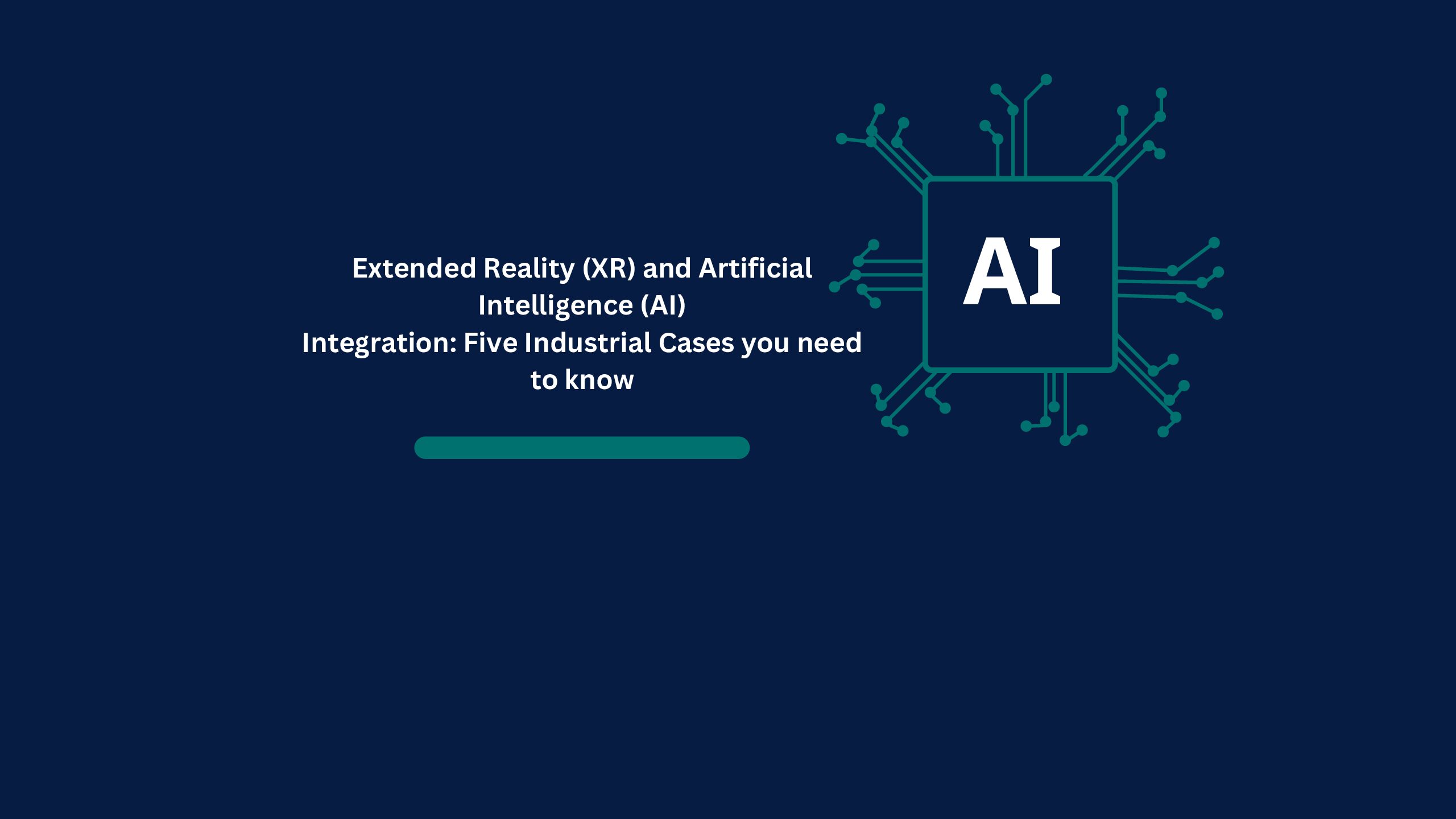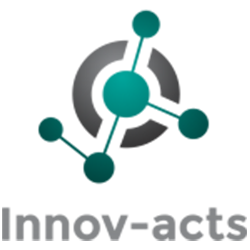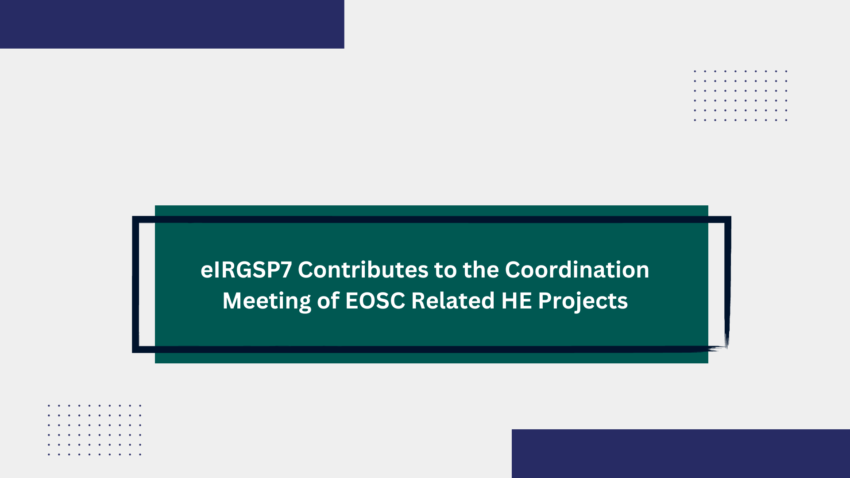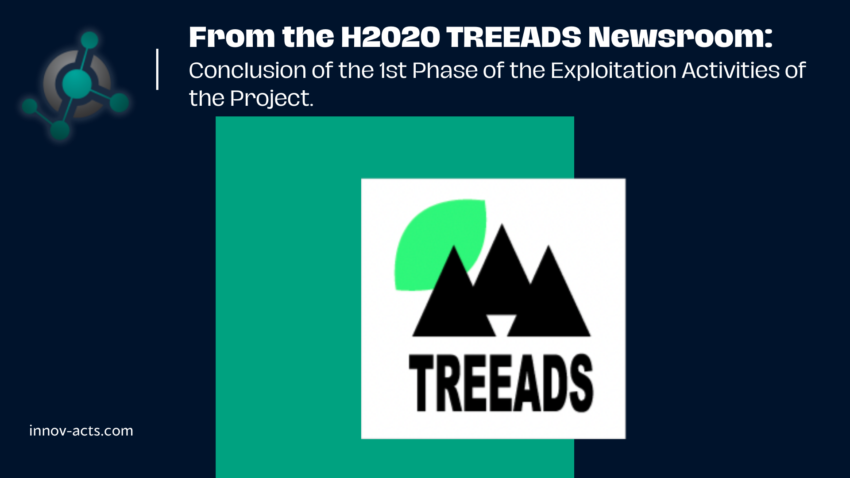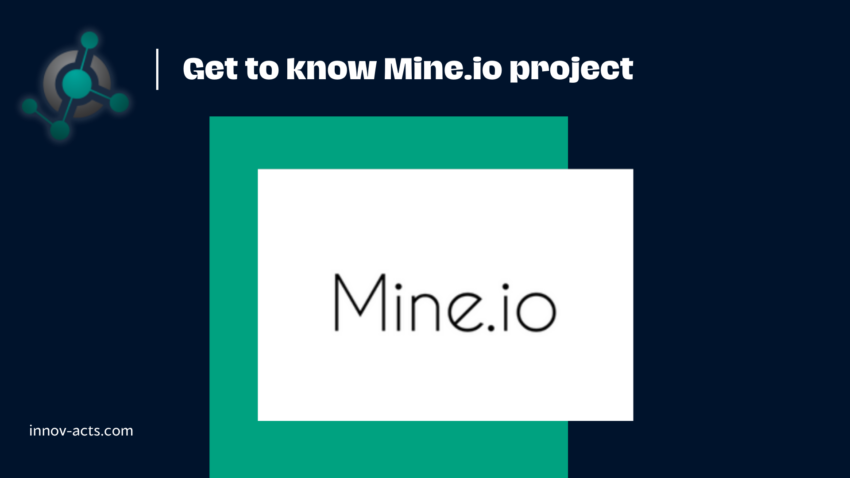The Horizon Europe XR 5.0 project is developing and promoting a novel paradigm for Industrial Extended Reality (XR) Applications, where Artificial Intelligence (AI) models are used to enhance and improve XR cyber-representations. Specifically, the project […]
Extended Reality (XR) and Artificial Intelligence (AI) Integration: Five Industrial Cases you need to know
